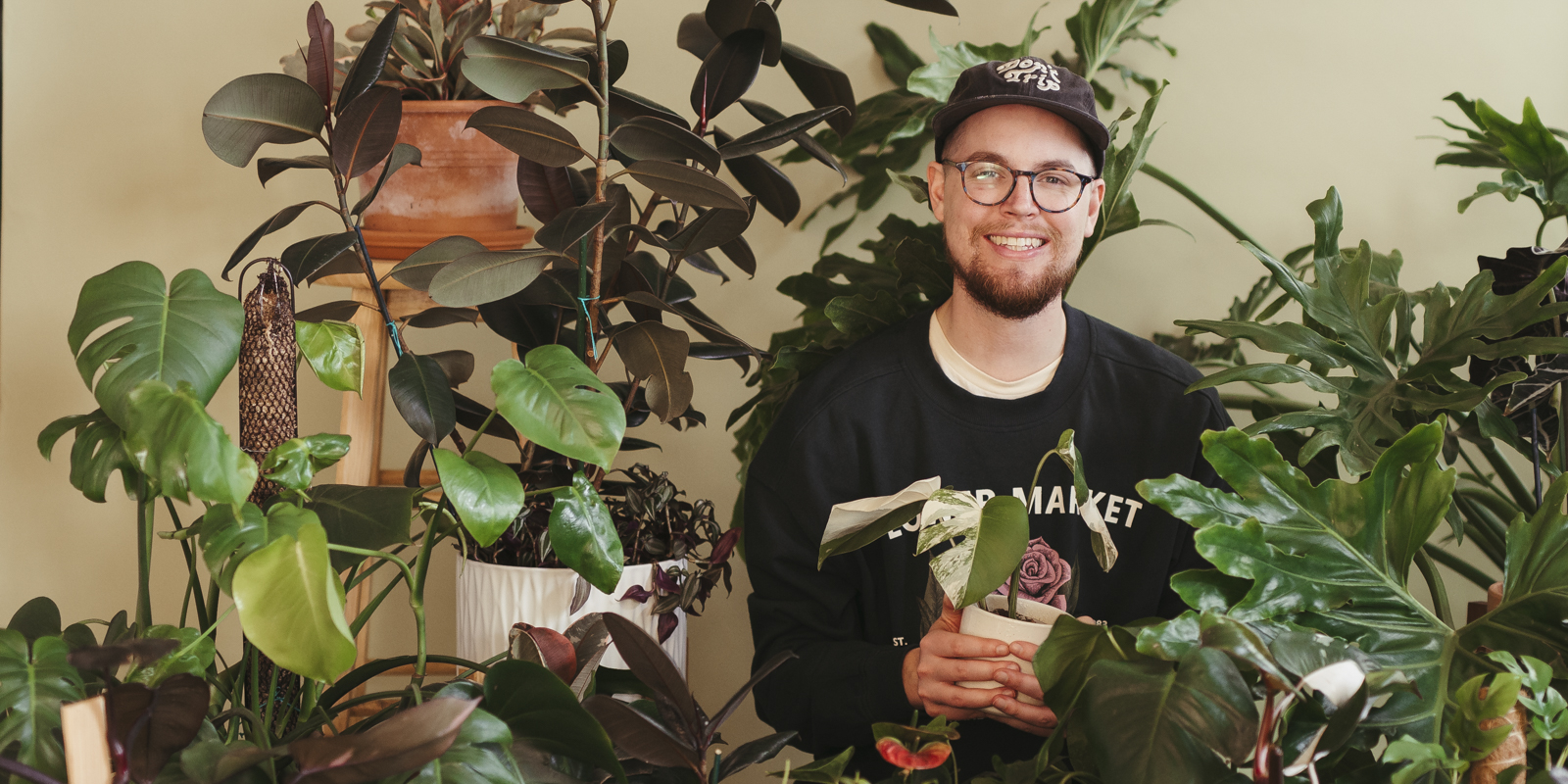
 press-releases
press-releases 
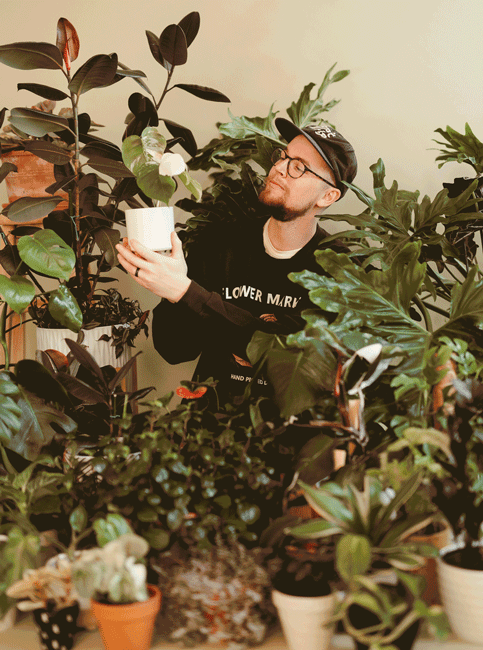
Anyone who knows me knows that I have a bit of an obsession. As I write this column, I have more than 100 houseplants filling every light-receiving corner of my apartment.
I was probably destined for plant parenthood from birth. I might not remember it but my dad, Peter, who has been the director of grounds at Tedesco Country Club for the past 37 years, used to carry me around in a backpack as a baby and let me touch the bark of the trees while telling me their Latin names (none of which I can recall). That, combined with our houseplants growing up, helping out in the sprawling gardens my dad kept, and working on the country club myself when I was old enough, certainly sent me on this trajectory.
It took some time before I started a plant collection of my own. When my wife, Casey, and I moved into our first shoebox of an apartment in Salem, we immediately set out to find some greenery to make it feel more like home. Things started fairly basic, with a burgundy rubber tree (named Rudy), a peace lily (named Lil), and a pilea (named Lea).
Things stayed pretty docile for a while, occasionally adding a new plant and occasionally sending one to the great rainforest in the sky. But it really started getting out of hand when we moved into our new apartment. Suddenly, I had what felt like 10 times the amount of space to work with, and boy did I!
I’m very proud of the indoor rainforest I’ve created. I have your typical houseplant staples; pothos (at least five variations of it), ficus, a new peace lily (Lil 2.0), but I’ve also delved into the rare side of plant collection with a monstera Thai constellation, philodendron Florida beauty, and syngonium albo.
It’s been a fascinating journey that is nowhere near its end, and I’d like to share some things I’ve learned along the way:
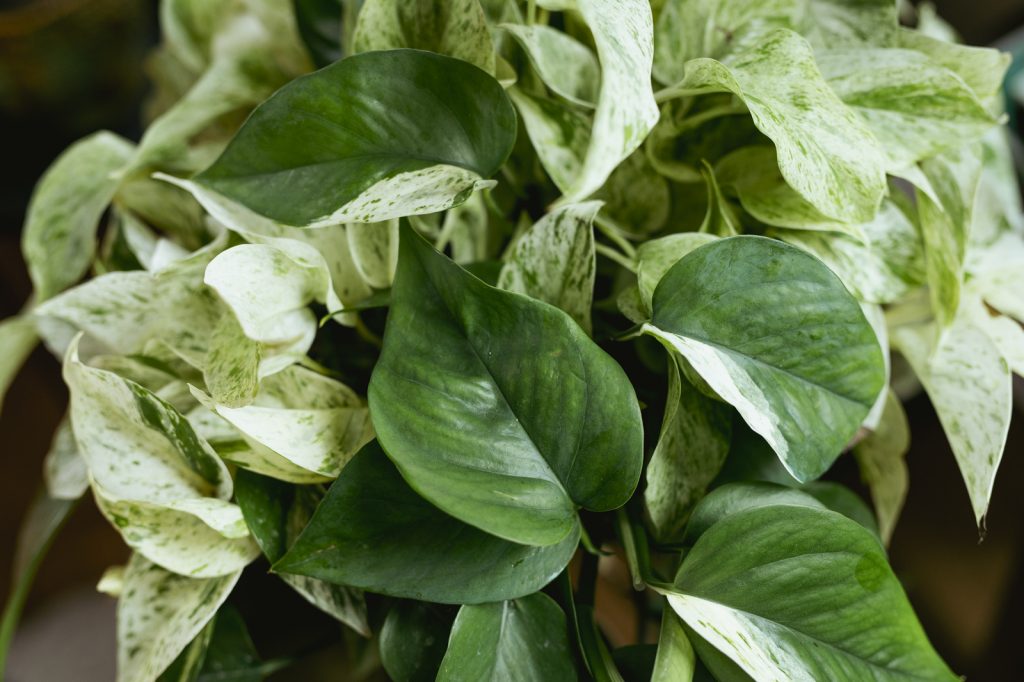
It was instinct when I first started collecting plants to take them out of their nursery pots as soon as I got them home and replant them in a decorative pot, but through talking with fellow plant parents and reading the book “Don’t Repot That Plant!” by Will Creed, I’ve changed my ways. Plants will often be stressed when going from the perfect conditions in a greenhouse to your home, and they need time to adjust. Plants also need drainage when you water them, and not all decorative pots have drainage holes built in. As a result, I’ve just been sticking the plastic grow pot I get from the garden center into a decorative pot. No one will ever notice!
I have two friends, Jen and Allie, who are just as (if not moreso) obsessed with plants. I can’t hang out with them without being gifted a clipping or two of a plant I don’t have. They offer advice and insight whenever I have questions, and for anything they can’t answer, there’s page after page of Facebook groups and Reddit forums that will be able to. I haven’t been met with the gatekeeping of information that can sometimes affect other hobbies; everyone in the community just wants to see plants thrive.
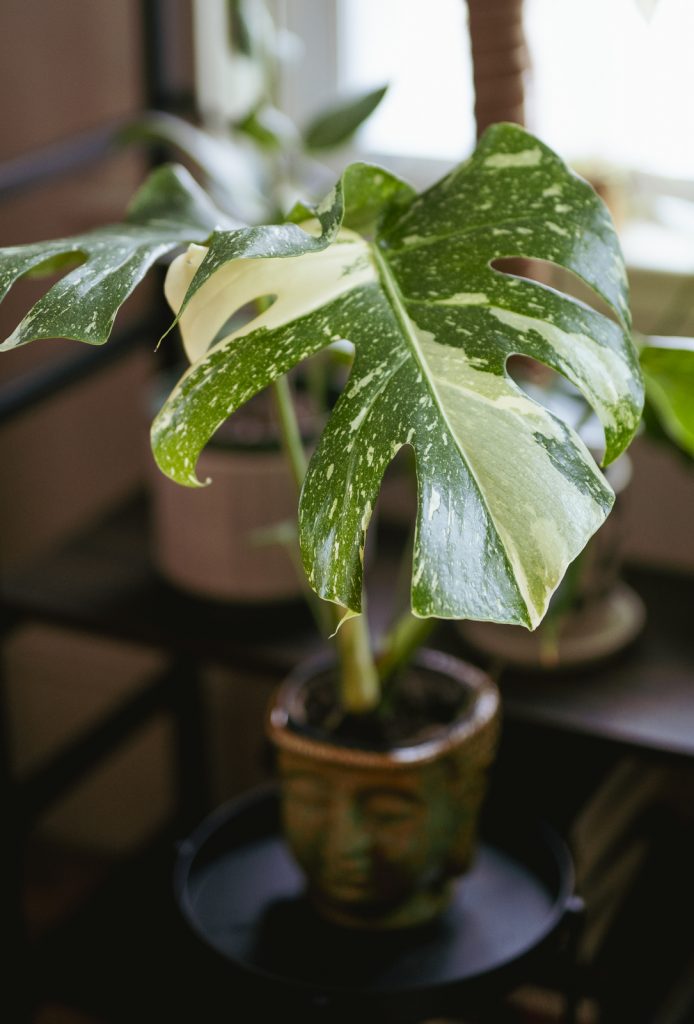
Supply and demand has the same effect on the plant business. The rarer the plant is, the more money it typically costs. I’ve seen just a clipping of a plant being sold for hundreds of dollars. But, like anything else, a supply will follow that demand and prices will begin to fall. When I first got serious about my collecting, one of my dream plants was a monstera Thai constellation, a beautiful broad-leafed plant with fenestration (slices in the leaves) and cream and white variegation (spots) to accent the green. At the time, small versions of that plant were commanding prices ranging from $250 to $500, but I recently found (and bought) a medium-sized one for $90, and I’m sure the prices will continue to fall. A word of advice: The more expensive and rare a plant is, the more difficult it usually is to keep alive.
I love living in the jungle that I’ve created in our home. There always seems to be a freshness in the air and I have the plants to thank for that. They are constantly adding oxygen to our home and even filtering out things that might be harmful. Snake plants and ZZs are particularly good at this.
I had no idea what an effort it would take to keep all of these plant babies alive when I officially went off the deep end. I check each plant with a moisture meter (easily one of the best purchases I’ve made as a plant parent) and water them in my tub. It’s 10 trips back and forth to fill the tub with thirsty plants and a tub-full only covers a quarter of the plants, so you can start to picture how long that takes. This, coupled with fertilizing when needed, trimming dead leaves, and other maintenance can easily knock out a full day or even an entire weekend, depending on where things land in the cycle.
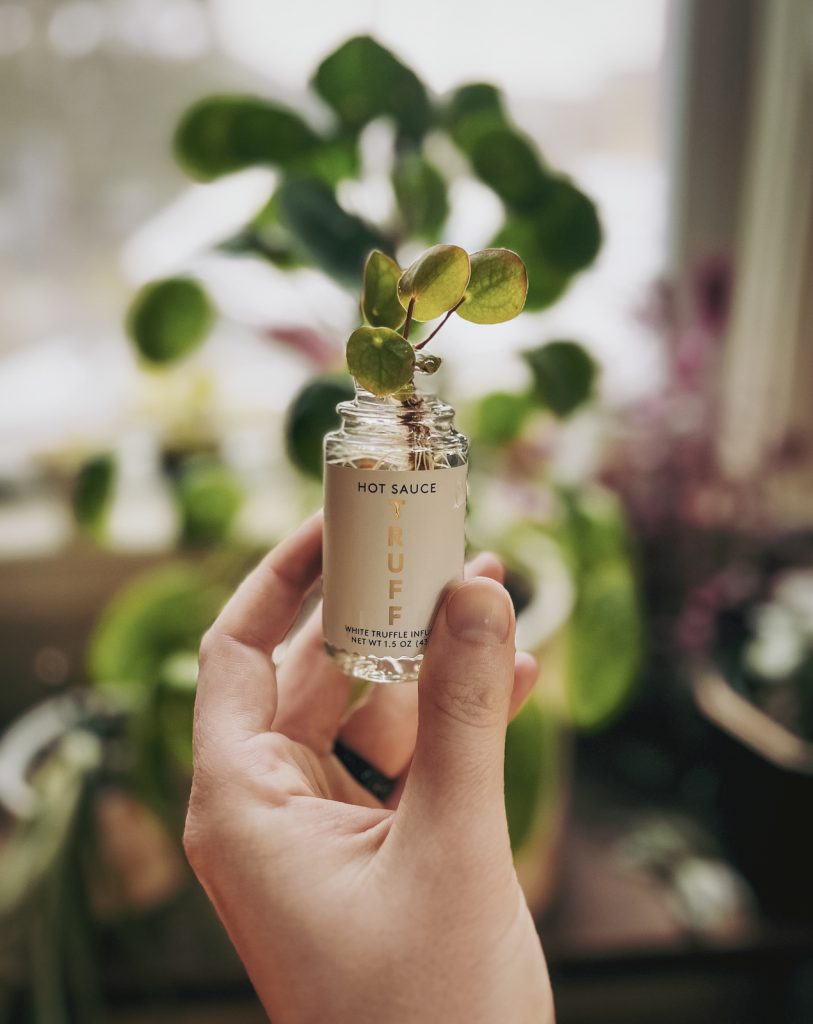
I have a steady supply of clippings in various propagation stations throughout my apartment. All you need to do is make sure you cut off a part of the plant that has a growth node, plop it in water (I love to reuse empty hot sauce bottles), and place it in a spot with indirect light. It’s great to pass on a bit of my obsession to family and friends, and it alway puts a smile on the recipient’s face.
I used to rely on an app and the “look up plant” feature on iOS to identify the plants I was looking at. But now, all it takes is a glimpse of a leaf and I can, at the very least, get in the right ballpark. It comes in handy when I pick up a plant at a store and the only thing on the label is “tropical plant.” Learning what species of plant you have will help you better understand what it takes to keep it alive. A plant-nerd sidebar here, but on a recent trip to D.C. I was able to identify most of the plants in the tropics display of the U.S. Botanic Garden.
A plant-exchange Facebook group is definitely something a new plant collector or veteran should be in. These groups are full of like-minded plant parents who are either looking to trade plants, or simply rehome a plant that they can’t care for anymore or have too many of. I’ve gotten some fantastic plants from them and placed some of my clippings in excellent homes. Best of all, the plants are either free or can be traded for!
I’ve sent my fair share of plants to the giant greenhouse in the sky over the years. It’s something that every plant parent will have to deal with. But that’s the life of a plant parent and you can’t let it discourage you! Learn from what you might have done wrong and try to do better with the next plant you get.
Last on my list of things I’ve learned is that there’s really nothing like watching one of your plants push out a new leaf. I check for new leafage first thing in the morning, and probably two or three more times throughout the day because I just get so excited. It’s a plant’s way of rewarding you for taking such good care of it. It’s especially fun when a variegated plant gives you a new leaf because you never know what unique pattern you’re going to get. Seeing that new leaf unfurl makes you forget all about the plants that are no longer with you and it always gives me the boost I need to be the perfect plant parent for every plant I have.
I can think of a lot more things that I’ve learned over the years, but I’ll stop here so I can let the graphic designers show off the photos of my plant babies.
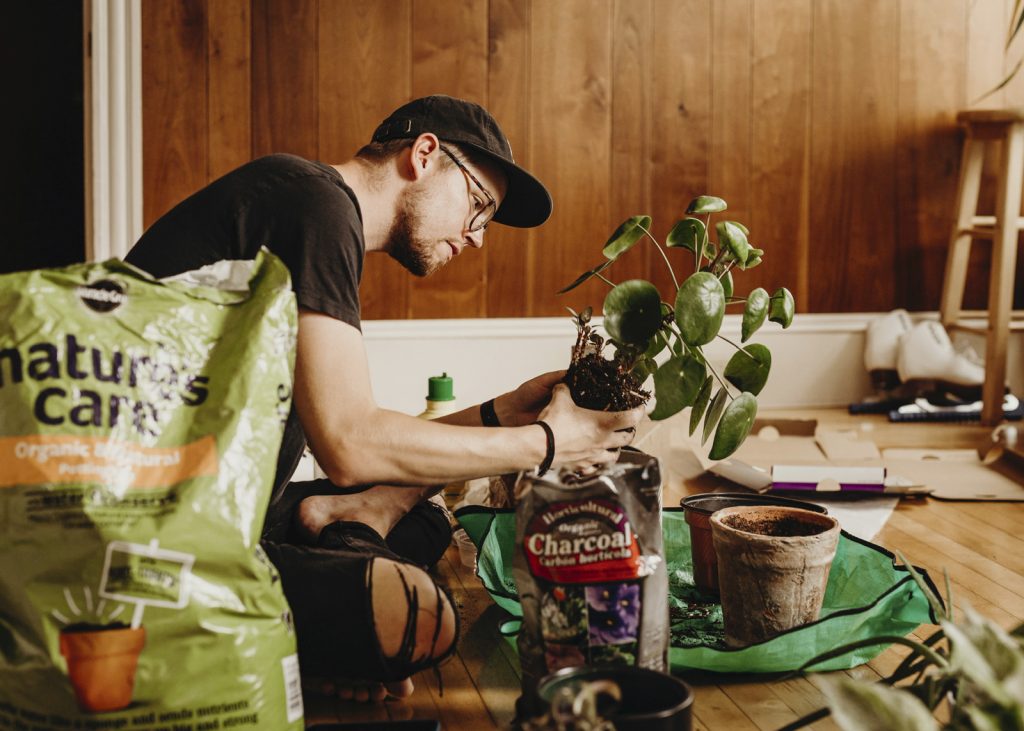
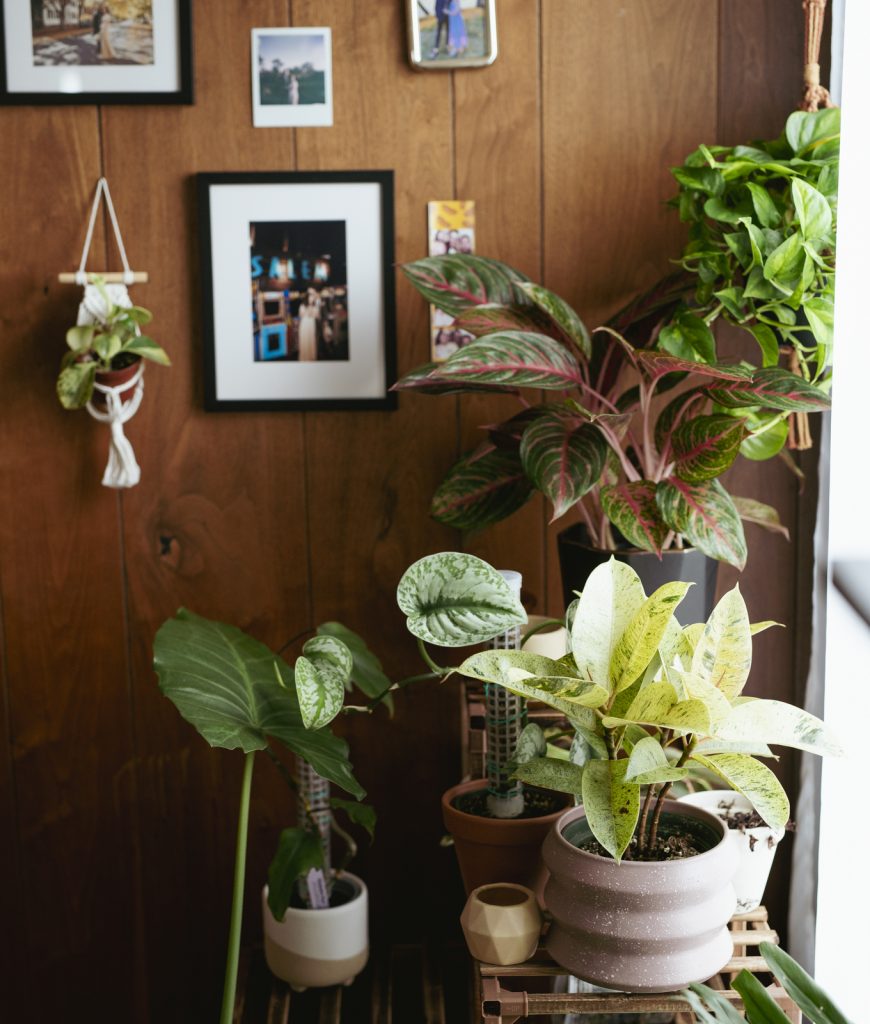


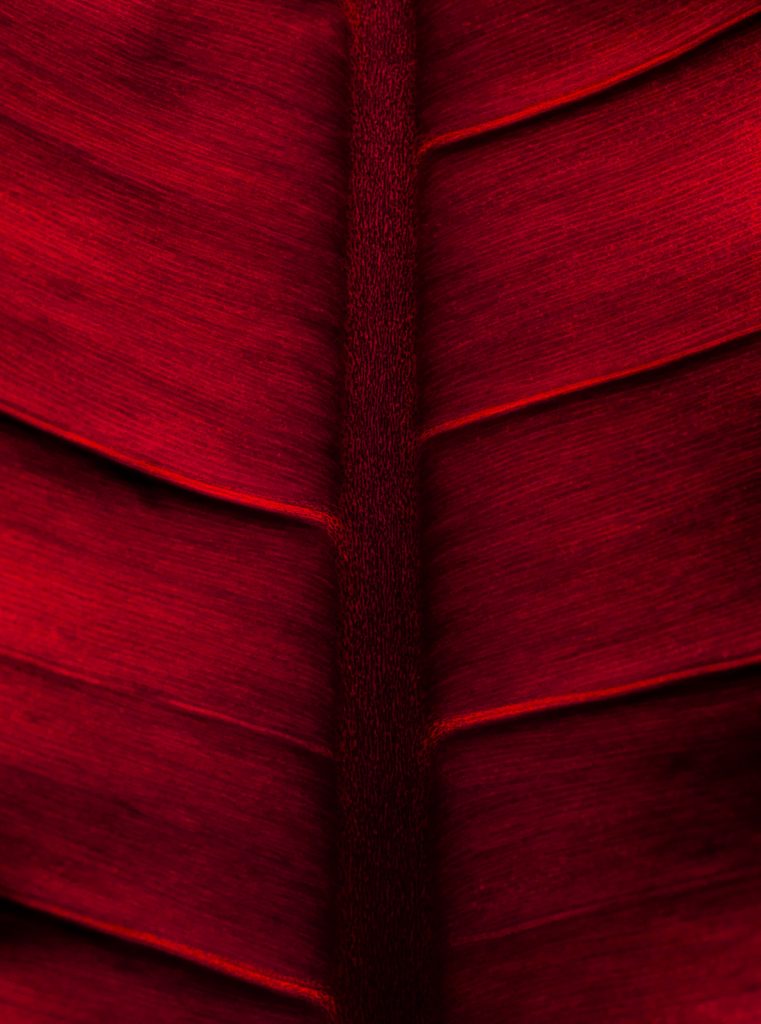
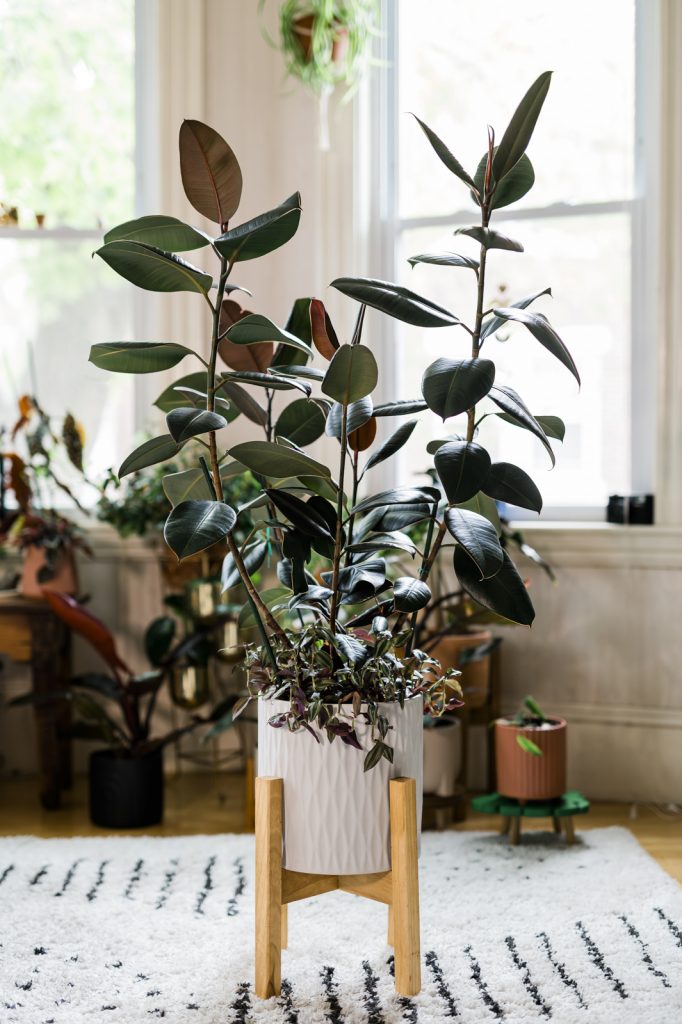
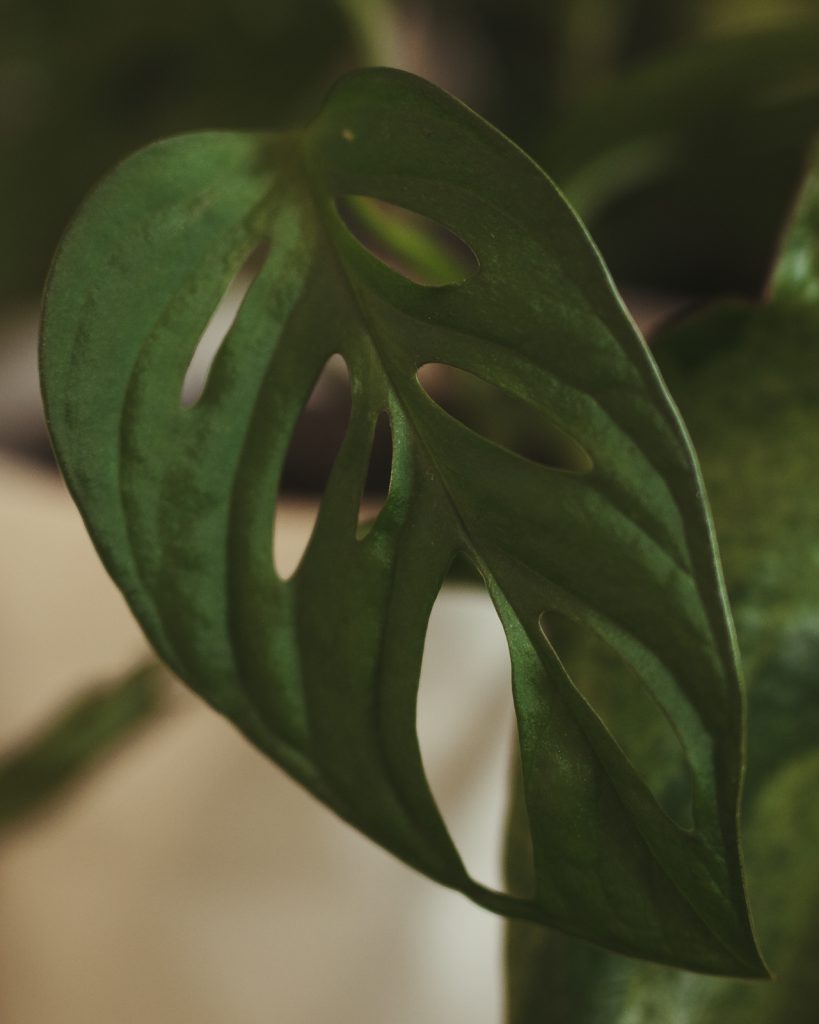
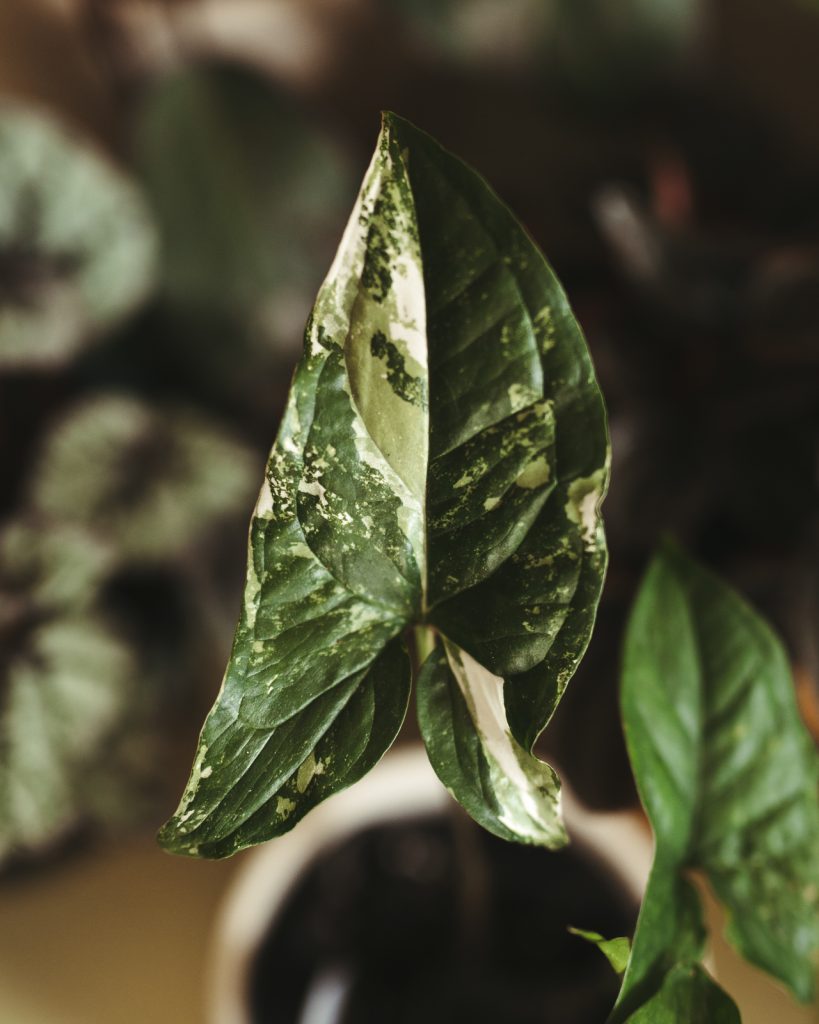

24World Media does not take any responsibility of the information you see on this page. The content this page contains is from independent third-party content provider. If you have any concerns regarding the content, please free to write us here: contact@24worldmedia.com